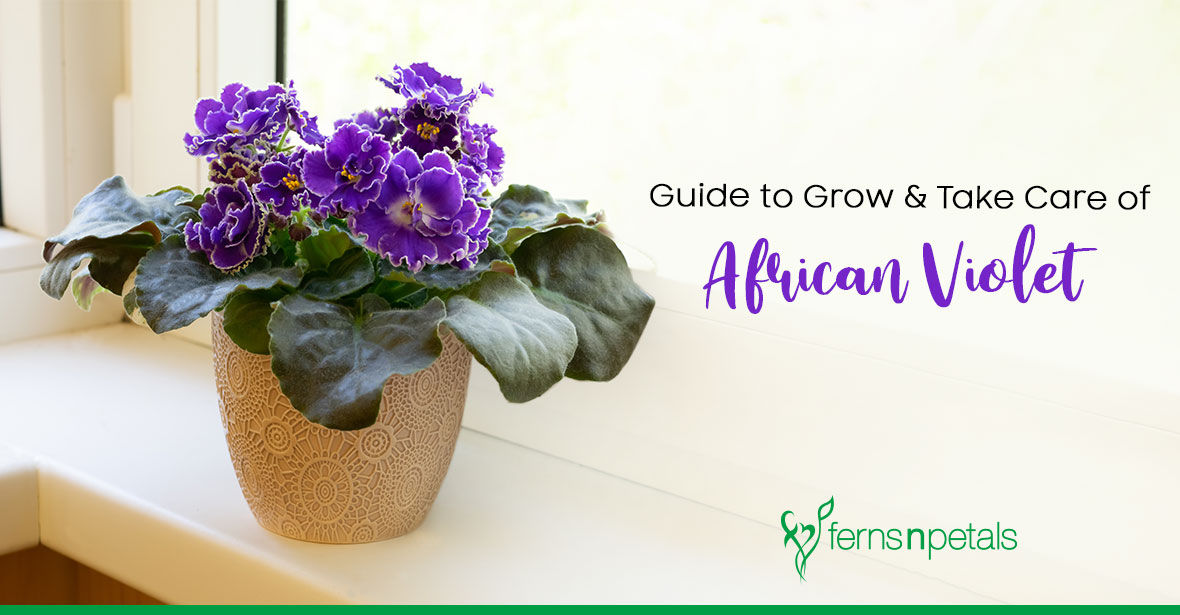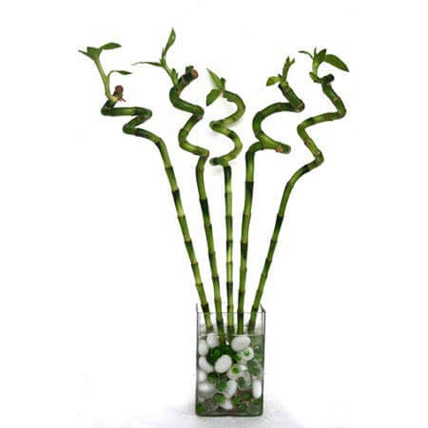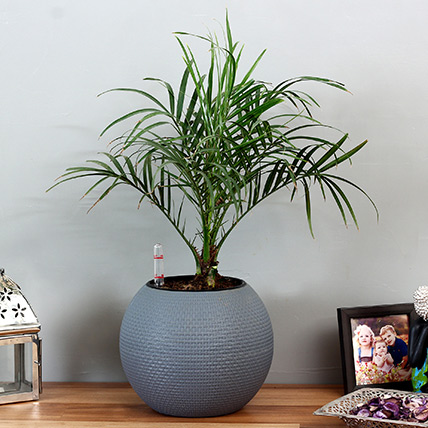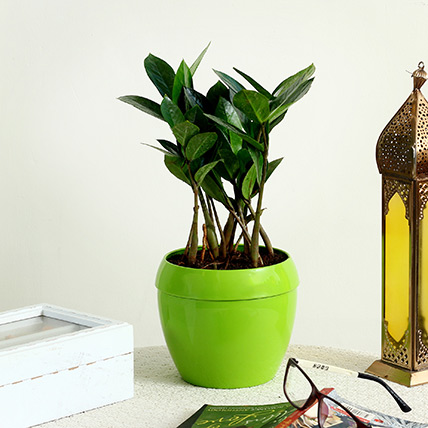Guide to Grow & Take Care of African Violets
- Author: Anushka Published: 20th January, 2022
Flowers are the showstoppers of every plant. And so is the case with African Violets. African violet is a tiny, compact and popular houseplant that produces a bunch of blue, white or purple flowers over fuzzy leaves. All they require is a little extra attention on your part and in the right conditions, they might bloom all year round. This writing piece talks about sure-fire ways to grow and take care of the beautiful blossoms and vibrant foliage of African Violets.

Choosing your Plant
When picking out your African Violet, choose the healthiest looking one that has dark green foliage and purple-hued hearty buds. Once you get acquainted with this one, you can add more varieties to your collection. Purchase this perennial flowering plant from a reputable nursery only.
Choosing your Container
Plant your African Violets in small pots and re-pot every 2-3 years for the fresh soil to mix in. When a bit pot-bound, African Violets bloom well. Make sure the planter/container has adequate holes for drainage.
Placement
Place this indoor houseplant near a window that receives bright, indirect sunlight and a fresh breeze. Direct sunlight may burn the leaves. These plants do well in north and south-facing windows and near east or west-facing during winters. Also, these plants require at least 8 hours of partial sunlight. If that’s not possible, try to place your plant under fluorescent light inside your home.
Soil
The right soil to keep African Violet healthy would be a commercial mix of perlite and sterile potting soil. The soil must stay moist, should be well-drained and contain high organic matter content.
Water
Water with lukewarm or tepid water when the soil doesn’t feel moist. Do not let the growing African violet plants stand in water or feel bone dry. Water them at the base and be careful not to splash the foliage with water. It can result in foliar spots and worse, damaged leaves.
Fertiliser
Feed your African Violets with special African violet food or fertiliser with high content of phosphorus (such as N:P:K - 15:30:15) every two weeks. How to check if your African Violets need fertiliser? The basic signs include reduced flowering and pale leaf colour.









